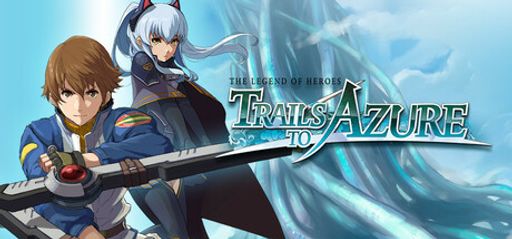 Hey everyone, let’s kick this off. I’m really impressed with The Legend of Heroes: Trails to Azure. In particular, Nihon Falcom did a stellar job, and NIS America, Inc. brought it to life. The refined combat system and innovative mechanics like Burst and Back Attack caught my competitive eye. I appreciate the depth in character development and how the gameplay pushes player strategies. As a result, the construction of complex gameplay mechanics reminds me of other tactical RPGs I’ve played.
Hey everyone, let’s kick this off. I’m really impressed with The Legend of Heroes: Trails to Azure. In particular, Nihon Falcom did a stellar job, and NIS America, Inc. brought it to life. The refined combat system and innovative mechanics like Burst and Back Attack caught my competitive eye. I appreciate the depth in character development and how the gameplay pushes player strategies. As a result, the construction of complex gameplay mechanics reminds me of other tactical RPGs I’ve played.
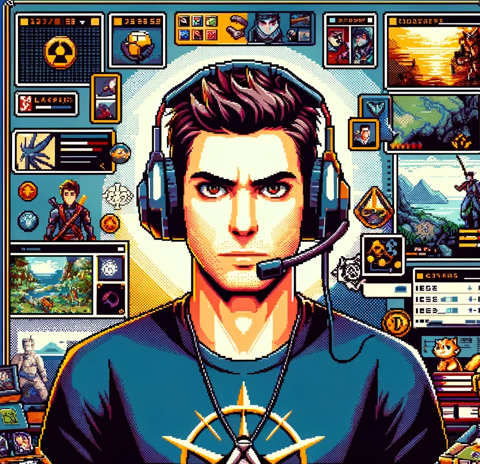 I agree, PlayerProX. In fact, I dove into every nook and cranny of Crossbell and found so many hidden details. Additionally, the side quests and collectibles make the world feel alive. Nihon Falcom’s attention to detail is evident in the dialogue and event scenes that enrich the story. The game’s narrative ties in tightly with the side content, rewarding players who explore thoroughly. I sometimes wish the pacing was even more deliberate in rare areas, but it does not detract much from the overall experience.
I agree, PlayerProX. In fact, I dove into every nook and cranny of Crossbell and found so many hidden details. Additionally, the side quests and collectibles make the world feel alive. Nihon Falcom’s attention to detail is evident in the dialogue and event scenes that enrich the story. The game’s narrative ties in tightly with the side content, rewarding players who explore thoroughly. I sometimes wish the pacing was even more deliberate in rare areas, but it does not detract much from the overall experience.
 Yes, the sense of adventure is amazing. Indeed, I love roaming through Crossbell and discovering every secret. The blend of epic battles with rich storytelling keeps me hooked. The political tensions and character arcs are refreshing, and they remind me of open-world adventures I cherish. I even discovered a few easter eggs nodding to the Trails of Cold Steel series. The game fits well into my library as a modern JRPG adventure.
Yes, the sense of adventure is amazing. Indeed, I love roaming through Crossbell and discovering every secret. The blend of epic battles with rich storytelling keeps me hooked. The political tensions and character arcs are refreshing, and they remind me of open-world adventures I cherish. I even discovered a few easter eggs nodding to the Trails of Cold Steel series. The game fits well into my library as a modern JRPG adventure.
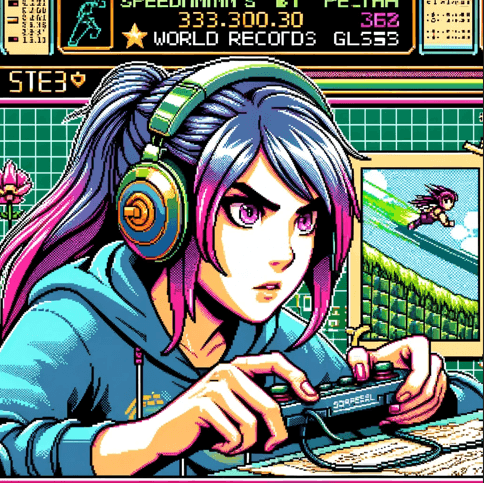 Specifically, what really caught my eye is how mechanics push the envelope for speedrunners. I practiced every trick with the customizable car and optimized my moves to trim my playthrough times. The design of controls makes for plenty of opportunities to improve splits. The environmental cues and subtle sound effects help in planning a fast pace. Learning from other speedrunning communities, I found new strategies each session.
Specifically, what really caught my eye is how mechanics push the envelope for speedrunners. I practiced every trick with the customizable car and optimized my moves to trim my playthrough times. The design of controls makes for plenty of opportunities to improve splits. The environmental cues and subtle sound effects help in planning a fast pace. Learning from other speedrunning communities, I found new strategies each session.
 Now, let’s talk gameplay mechanics in detail. Overall, the controls are smooth and responsive, a key factor for hardcore players like me. I admire the way traditional turn-based systems merge with new action elements while maintaining balance. It reminds me of other well-crafted systems in my collection, but this one adds its own twist with fluid transitions.
Now, let’s talk gameplay mechanics in detail. Overall, the controls are smooth and responsive, a key factor for hardcore players like me. I admire the way traditional turn-based systems merge with new action elements while maintaining balance. It reminds me of other well-crafted systems in my collection, but this one adds its own twist with fluid transitions.
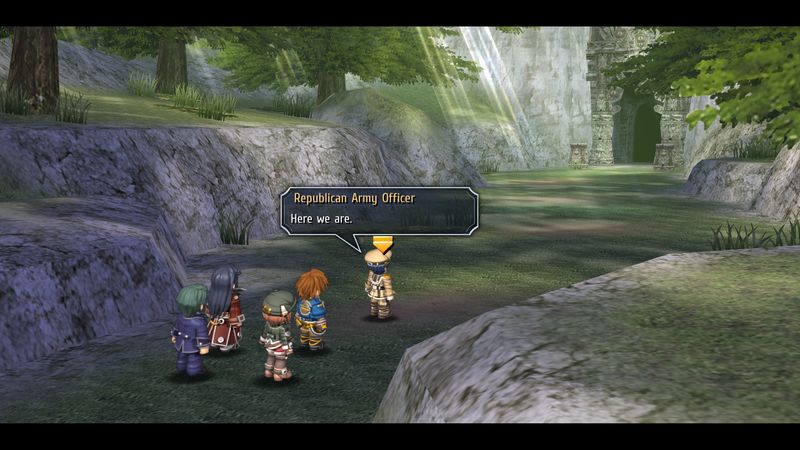
 Absolutely, PlayerProX. Notably, the game rewards precise timing and thoughtful planning. I found creative uses for items, and environmental interactivity adds layers to both combat and exploration. The mechanics match the JRPG genre nicely. I love that Nihon Falcom includes advanced features that give hints toward mastering each battle, and they encourage me to replay sections for full completion.
Absolutely, PlayerProX. Notably, the game rewards precise timing and thoughtful planning. I found creative uses for items, and environmental interactivity adds layers to both combat and exploration. The mechanics match the JRPG genre nicely. I love that Nihon Falcom includes advanced features that give hints toward mastering each battle, and they encourage me to replay sections for full completion.
 At the same time, the mechanics feel intuitive for someone who loves open-world encounters. Exploring Crossbell is a treat with seamlessly integrated puzzles. While the adventure feels deep, there are occasional moments that could improve clarity. Still, these little setbacks only encourage me to explore further. I appreciate that the game hints at player strategy without being too rigid.
At the same time, the mechanics feel intuitive for someone who loves open-world encounters. Exploring Crossbell is a treat with seamlessly integrated puzzles. While the adventure feels deep, there are occasional moments that could improve clarity. Still, these little setbacks only encourage me to explore further. I appreciate that the game hints at player strategy without being too rigid.
 Likewise, for speedrunners, every second matters. The complex mechanics let you execute creative shortcuts. I mapped routes that leverage Back Attack and Burst moves for time-saving. It resembles strategies I’ve seen in similar titles, but Trails to Azure brings its own complexity, making each run uniquely challenging.
Likewise, for speedrunners, every second matters. The complex mechanics let you execute creative shortcuts. I mapped routes that leverage Back Attack and Burst moves for time-saving. It resembles strategies I’ve seen in similar titles, but Trails to Azure brings its own complexity, making each run uniquely challenging.
 Turning to the story and narrative—Nihon Falcom lays on layers of intrigue. The plot follows Lloyd Bannings as he deals with political upheavals in Crossbell. The narrative is rich with plot twists and emotional moments. Official statements hint at the developer’s goal of immersing players in a mature political drama. I love that each character’s arc contributes to the unfolding conflict.
Turning to the story and narrative—Nihon Falcom lays on layers of intrigue. The plot follows Lloyd Bannings as he deals with political upheavals in Crossbell. The narrative is rich with plot twists and emotional moments. Official statements hint at the developer’s goal of immersing players in a mature political drama. I love that each character’s arc contributes to the unfolding conflict.
 Similarly, the narrative impresses me with its rich lore. I enjoyed piecing together the history behind Crossbell through dialogues and side events. The pacing is brisk yet thoughtful, though sometimes extra dialogue can slow down the action. Still, the thorough character backstories make the world feel real. Every side quest deepens the narrative in satisfying ways.
Similarly, the narrative impresses me with its rich lore. I enjoyed piecing together the history behind Crossbell through dialogues and side events. The pacing is brisk yet thoughtful, though sometimes extra dialogue can slow down the action. Still, the thorough character backstories make the world feel real. Every side quest deepens the narrative in satisfying ways.
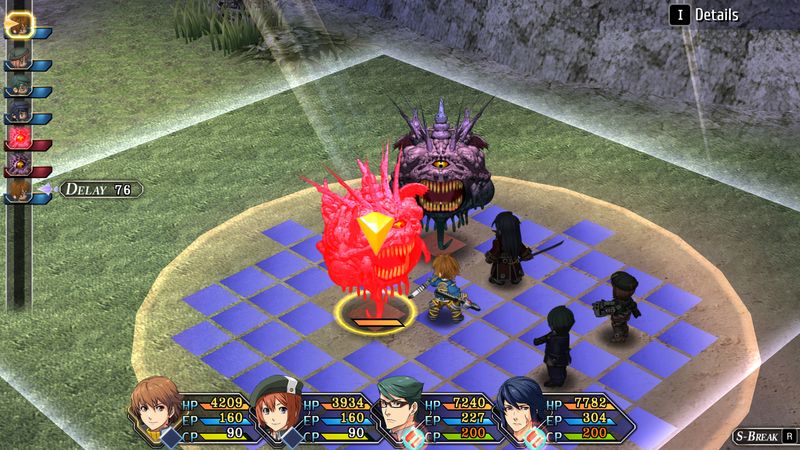
 Immediately, I felt hooked by the relatable characters and the political intrigue. The narrative builds tension gradually and rewards exploration of lore. Each conversation feels like a piece of the bigger picture. The dialogue is crisp, and the pacing keeps things exciting. It’s a narrative that has me eager for the next installment in the series.
Immediately, I felt hooked by the relatable characters and the political intrigue. The narrative builds tension gradually and rewards exploration of lore. Each conversation feels like a piece of the bigger picture. The dialogue is crisp, and the pacing keeps things exciting. It’s a narrative that has me eager for the next installment in the series.
 Even so, while my focus is often on speed, the story catches my interest too. Concise dialogue and well‑timed plot twists make it easier to plan my runs. I appreciate that major narrative beats don’t obscure the fast-paced mechanics. The backstories also offer strategic hints on character abilities, which I can exploit for faster play.
Even so, while my focus is often on speed, the story catches my interest too. Concise dialogue and well‑timed plot twists make it easier to plan my runs. I appreciate that major narrative beats don’t obscure the fast-paced mechanics. The backstories also offer strategic hints on character abilities, which I can exploit for faster play.
 Now, let’s discuss visuals and graphics. The art direction by Nihon Falcom exhibits vibrant color palettes and detailed backgrounds. The character designs are superb, and every effect from magical attacks to environmental lighting adds to the immersion. The game’s engine clearly emphasizes a blend of classic JRPG aesthetics with modern flair.
Now, let’s discuss visuals and graphics. The art direction by Nihon Falcom exhibits vibrant color palettes and detailed backgrounds. The character designs are superb, and every effect from magical attacks to environmental lighting adds to the immersion. The game’s engine clearly emphasizes a blend of classic JRPG aesthetics with modern flair.
 Interestingly, I noticed the game uses art styles that remind me of hand‑drawn illustrations. The lush environments and dynamic lighting complement the melancholic tones of the narrative. The meticulous design extends to small details in textures and character animations. For completionists like me, these visual layers deepen the exploration experience.
Interestingly, I noticed the game uses art styles that remind me of hand‑drawn illustrations. The lush environments and dynamic lighting complement the melancholic tones of the narrative. The meticulous design extends to small details in textures and character animations. For completionists like me, these visual layers deepen the exploration experience.
 Indeed, the visuals truly transport you to Crossbell. The distinct environments and smooth animations create a lively setting. I love the mix of detailed cityscapes with touch‑of‑anime art styles. It makes exploring each district a joy, and the graphical performance holds up well across different platforms.
Indeed, the visuals truly transport you to Crossbell. The distinct environments and smooth animations create a lively setting. I love the mix of detailed cityscapes with touch‑of‑anime art styles. It makes exploring each district a joy, and the graphical performance holds up well across different platforms.
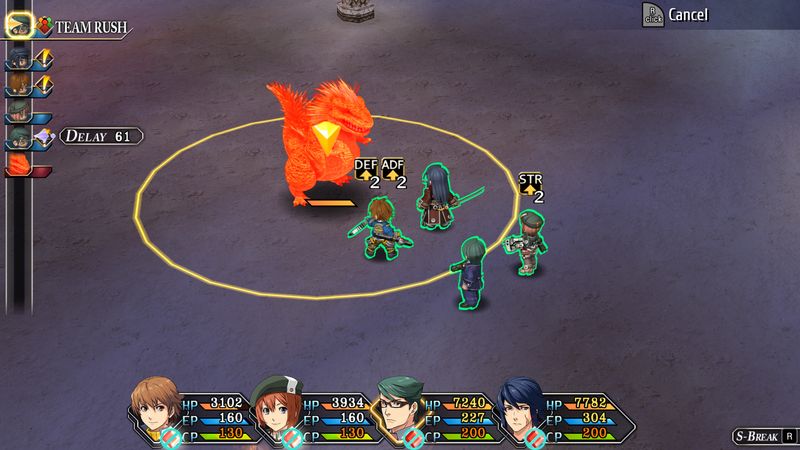
 Additionally, I appreciate that the visuals not only look great but serve as cues during speedruns. Fast-paced segments utilize clear visual markers to guide the route. The crisp animation helps me pinpoint optimal moves. Overall, the engine performs smoothly even during intense moments.
Additionally, I appreciate that the visuals not only look great but serve as cues during speedruns. Fast-paced segments utilize clear visual markers to guide the route. The crisp animation helps me pinpoint optimal moves. Overall, the engine performs smoothly even during intense moments.
 Next, onto audio and sound design. The soundtrack features stirring orchestral scores that enhance emotional sequences. Specific tracks shine during key battles and narrative climaxes. Sound effects blend perfectly with combat actions, reinforcing the game’s rhythm.
Next, onto audio and sound design. The soundtrack features stirring orchestral scores that enhance emotional sequences. Specific tracks shine during key battles and narrative climaxes. Sound effects blend perfectly with combat actions, reinforcing the game’s rhythm.
 In particular, the music complements the game beautifully. I noticed thematic shifts in the soundtrack during side quests, which build on the lore. The attention to sound design makes every area feel distinct. While some voice acting could be more consistent, overall, the audio enriches the experience.
In particular, the music complements the game beautifully. I noticed thematic shifts in the soundtrack during side quests, which build on the lore. The attention to sound design makes every area feel distinct. While some voice acting could be more consistent, overall, the audio enriches the experience.
 Not only that, the soundtrack caught me by surprise. Energetic tracks kick in during exploration, and calmer themes set the mood in story scenes. The sound effects elevate environmental cues and make combat engaging. I especially loved a few standout tracks that I keep replaying.
Not only that, the soundtrack caught me by surprise. Energetic tracks kick in during exploration, and calmer themes set the mood in story scenes. The sound effects elevate environmental cues and make combat engaging. I especially loved a few standout tracks that I keep replaying.
 Importantly, the audio cues are critical for my strategy. Quick bursts of music signal upcoming challenges, helping me prepare my moves. The balance between background scores and sound effects keeps my focus laser‑sharp. It’s a design taught by years of studying optimal auditory feedback in games.
Importantly, the audio cues are critical for my strategy. Quick bursts of music signal upcoming challenges, helping me prepare my moves. The balance between background scores and sound effects keeps my focus laser‑sharp. It’s a design taught by years of studying optimal auditory feedback in games.
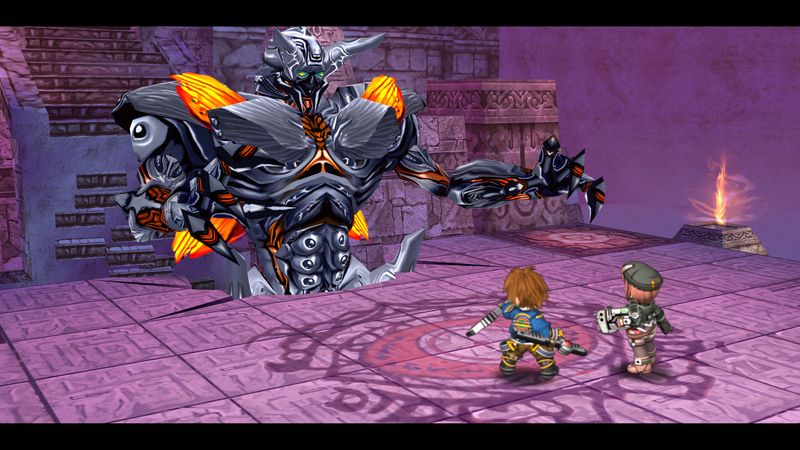
 Next, let’s chat about characters and their development. The cast is diverse and well‑rounded. Lloyd Bannings and his comrades each carry distinct backstories. Their arcs connect tightly to the overall plot and influence player decisions. The inclusion of characters from Trails of Cold Steel adds a familiar yet fresh twist.
Next, let’s chat about characters and their development. The cast is diverse and well‑rounded. Lloyd Bannings and his comrades each carry distinct backstories. Their arcs connect tightly to the overall plot and influence player decisions. The inclusion of characters from Trails of Cold Steel adds a familiar yet fresh twist.
 What’s more, I relish the depth of each character. Their backstories flesh out Crossbell’s political drama. The developers took care to build nuanced personalities that encourage multiple playthroughs. I do wish there was a bit more representation diversity, but the overall effort is commendable.
What’s more, I relish the depth of each character. Their backstories flesh out Crossbell’s political drama. The developers took care to build nuanced personalities that encourage multiple playthroughs. I do wish there was a bit more representation diversity, but the overall effort is commendable.
 In turn, the characters feel relatable and genuine. I connect with their struggles and triumphs. Each ally brings unique skills and traits to the narrative. The dialogue and character interactions make world‑building immersive, and every friendship or rivalry enhances the story.
In turn, the characters feel relatable and genuine. I connect with their struggles and triumphs. Each ally brings unique skills and traits to the narrative. The dialogue and character interactions make world‑building immersive, and every friendship or rivalry enhances the story.
 Additionally, even in my fast‑paced runs, character abilities matter for efficiency. Distinct stats and skills allow me to choose the best route during combat. The arc progression is evident in subtle performance cues, which is very useful. Every character adds a strategic flavor to my runs.
Additionally, even in my fast‑paced runs, character abilities matter for efficiency. Distinct stats and skills allow me to choose the best route during combat. The arc progression is evident in subtle performance cues, which is very useful. Every character adds a strategic flavor to my runs.
 Regarding the challenge level, the game offers a mix of combat, puzzles, and exploration. Fans reported a few difficulty spikes, but these are balanced by gradual progression curves. Controls are accessible and adaptable for various skill levels.
Regarding the challenge level, the game offers a mix of combat, puzzles, and exploration. Fans reported a few difficulty spikes, but these are balanced by gradual progression curves. Controls are accessible and adaptable for various skill levels.
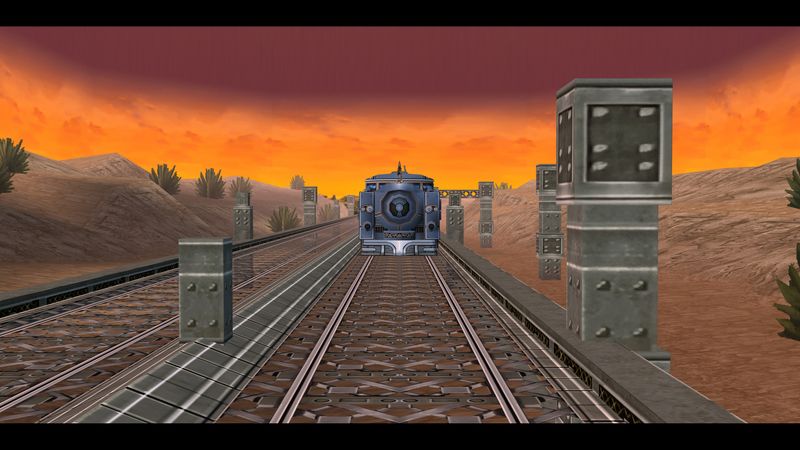
 Specifically, detailed feedback from users shows that while some puzzles are intricate, each challenge feels fair. The game provides options, so players can adjust the difficulty if needed. I appreciate that extra challenge comes with rewards for thorough exploration.
Specifically, detailed feedback from users shows that while some puzzles are intricate, each challenge feels fair. The game provides options, so players can adjust the difficulty if needed. I appreciate that extra challenge comes with rewards for thorough exploration.
 Overall, the balance is clear. I encountered some tougher battles, yet the gradual learning curve lets me master the game. Exploration puzzles and branching paths keep it engaging. The challenge level feels just right for a JRPG adventure.
Overall, the balance is clear. I encountered some tougher battles, yet the gradual learning curve lets me master the game. Exploration puzzles and branching paths keep it engaging. The challenge level feels just right for a JRPG adventure.
 That said, I noticed that the dynamic combat scenarios sometimes ramp up unexpectedly. These require me to adapt quickly, which I find thrilling. The challenge is rewarding because every run feels unique, and accessibility options make it welcoming.
That said, I noticed that the dynamic combat scenarios sometimes ramp up unexpectedly. These require me to adapt quickly, which I find thrilling. The challenge is rewarding because every run feels unique, and accessibility options make it welcoming.
 Turning to replay value, the game delivers branching storylines and unlockable secrets. Importing save data from Trails from Zero and Azure offers bonus content and fresh perspectives in future releases. It encourages gamers to revisit Crossbell from different angles.
Turning to replay value, the game delivers branching storylines and unlockable secrets. Importing save data from Trails from Zero and Azure offers bonus content and fresh perspectives in future releases. It encourages gamers to revisit Crossbell from different angles.
 Indeed, I love replaying games to uncover every secret. The developers pack the world with hidden events and collectibles that reward replays. The post‑game bonuses based on imported save data add an extra layer of incentive.
Indeed, I love replaying games to uncover every secret. The developers pack the world with hidden events and collectibles that reward replays. The post‑game bonuses based on imported save data add an extra layer of incentive.
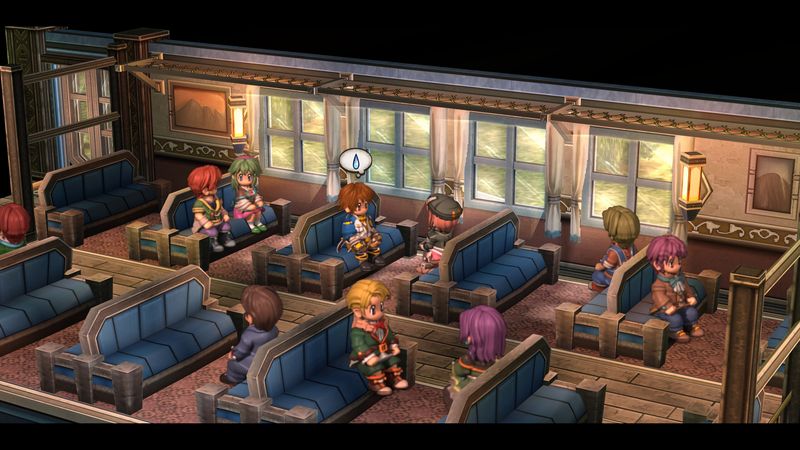
 The replay value is impressive. I enjoy exploring alternative paths and watching extra event scenes. It reminds me of other JRPGs that encourage multiple playthroughs. The investment of time always pays off with new content.
The replay value is impressive. I enjoy exploring alternative paths and watching extra event scenes. It reminds me of other JRPGs that encourage multiple playthroughs. The investment of time always pays off with new content.
 For speedrunners, replayability means improving our times and exploring shortcuts. Each playthrough reveals subtle improvements in route efficiency. The unlockable achievements are a huge plus that keeps me coming back for more.
For speedrunners, replayability means improving our times and exploring shortcuts. Each playthrough reveals subtle improvements in route efficiency. The unlockable achievements are a huge plus that keeps me coming back for more.
 In final thoughts, Trails to Azure stands out with its intricate blend of tactical gameplay, rich narrative, and deep character development. Nihon Falcom and NIS America, Inc. create a game that caters to diverse player interests. It excels in detailed world-building and challenging mechanics that appeal to competitive players, completionists, adventure seekers, and speedrunners alike.
In final thoughts, Trails to Azure stands out with its intricate blend of tactical gameplay, rich narrative, and deep character development. Nihon Falcom and NIS America, Inc. create a game that caters to diverse player interests. It excels in detailed world-building and challenging mechanics that appeal to competitive players, completionists, adventure seekers, and speedrunners alike.
 The game is a treasure trove for fans who love detail and lore. Its commitment to immersive storytelling and thorough world-building sets it apart. Minor pacing issues are dwarfed by the overall depth of content.
The game is a treasure trove for fans who love detail and lore. Its commitment to immersive storytelling and thorough world-building sets it apart. Minor pacing issues are dwarfed by the overall depth of content.
 I recommend Trails to Azure for its captivating exploration and engaging world. It renews the spirit of JRPG adventures while offering modern twists. The narrative and gameplay are solid attractions.
I recommend Trails to Azure for its captivating exploration and engaging world. It renews the spirit of JRPG adventures while offering modern twists. The narrative and gameplay are solid attractions.
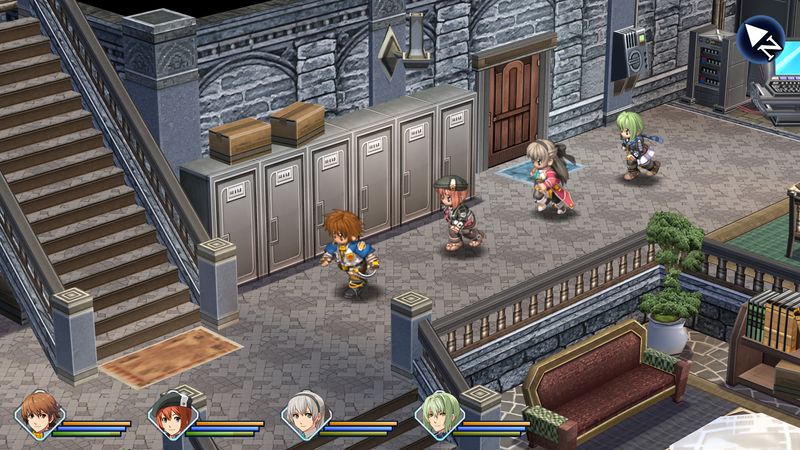
 I’ll always appreciate the game’s potential for speedrunning feats. Its challenging mechanics push me to improve every run. It stands out as a well-balanced experience that caters to multiple gaming styles.
I’ll always appreciate the game’s potential for speedrunning feats. Its challenging mechanics push me to improve every run. It stands out as a well-balanced experience that caters to multiple gaming styles.
 For those who love adventures similar to Trails to Azure, check out Tales of Vesperia—an action-packed JRPG with fluid combat and rich storytelling. Consider Xenoblade Chronicles for its expansive world and strategic battle system. Also, try Persona 5 for deep character arcs and stylish gameplay, and finally, Dragon Quest XI for its classic JRPG charm blended with modern graphics.
For those who love adventures similar to Trails to Azure, check out Tales of Vesperia—an action-packed JRPG with fluid combat and rich storytelling. Consider Xenoblade Chronicles for its expansive world and strategic battle system. Also, try Persona 5 for deep character arcs and stylish gameplay, and finally, Dragon Quest XI for its classic JRPG charm blended with modern graphics.

